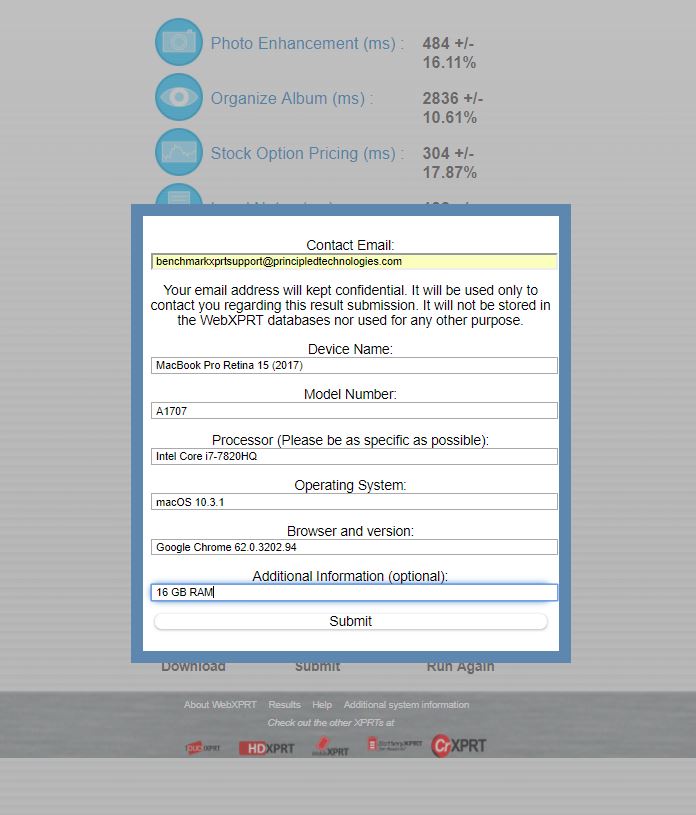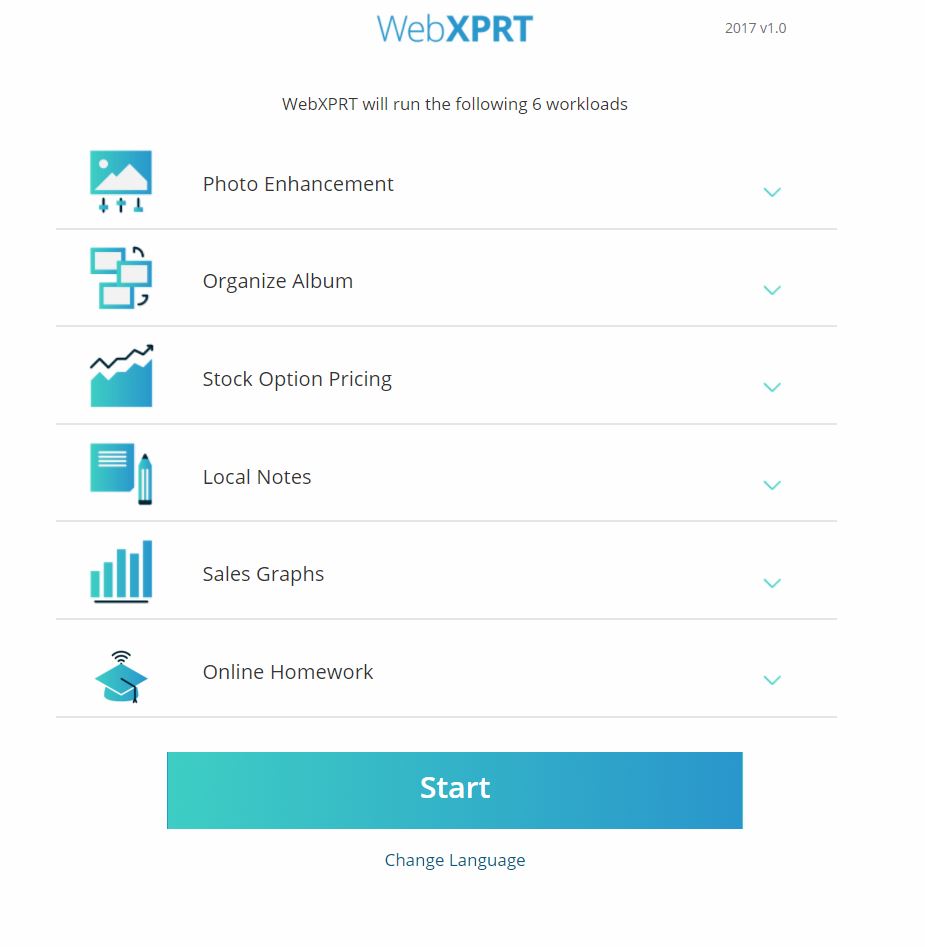We want to thank Andrei Frumusanu of AnandTech for mentioning WebXPRT 3 in the System Performance section of their Snapdragon 845 review. For testing labs and tech media, incorporating a new benchmark into a test suite can be daunting, and they don’t make the decision to do so lightly. Once a new benchmark is in play, the score database used for comparisons is suddenly empty, and a lot of testing needs to happen before anyone can compare devices on a large scale.
In the BenchmarkXPRT Development Community, we’ve designed our development and release system to minimize the stress involved in adopting new benchmark tools. A key part of that strategy is releasing community previews to members several weeks before the general release. When we release a community preview, we include no publication restrictions and we work to make sure that preview results will be comparable to results from the general release. Between a community preview and a general release, we may still tweak the UI or fix issues with non-workload-related features, but you can be sure that the results will still be good after the general release.
The community preview system allows us to solicit feedback from an expanded base of pre-release testers, but it also allows labs to backfill results for legacy devices and get a head start on incorporating the new benchmark into their testing suites.
Speaking of previews, WebXPRT 3 community preview testing is going well and we’re excited about the upcoming release. If you’d like to learn more about our development community and how you can join, send us your questions and we’ll be happy to help.
Justin














